after more than 45 years, I unpacked one of my old Airfix figure packs
and went to work to give this beautiful figure set a proper place in my collection.
Painting wasn't easy.
I think everyone who already had these figures in his fingers can understand what I mean by that.




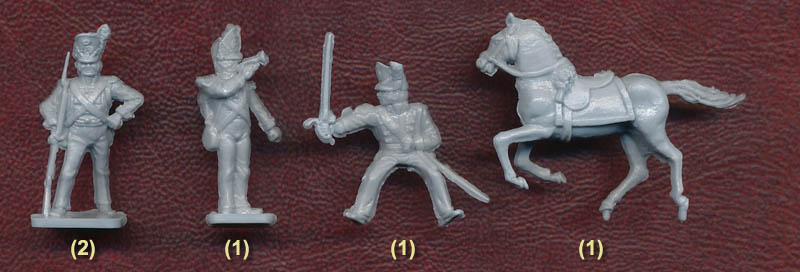
Because of his extraordinary services on June 18, 1815, I decided to paint the 27th (Inniskilling) Regiment of Foot near Waterloo.
I am aware that the uniform is not 100% correct.
But as mentioned earlier, this is more of a nice memory of my childhood, than a historically correct representation.
The 1st Battalion fought in the battle as part of John Lambert's 10th Brigade in the 6th Division.
At around 6:30 p.m., the French captured the most important point of the La Haye Sainte farm.
After this success they positioned several cannons and fired at the Anglo-Allied lines at close range
French artillery and sharpshooters hammered their lines.
The Inniskilling were mowed down, often without the opportunity of returning a shot. Cavalry attacks were something of a relief because the artillery ceased and the regiment formed square and the men could fire volleys at their attackers. With mounting casualties, it took extraordinary courage and the leadership of Major John Hare for the regiment to stand its ground. Casualties among the officers were so high that a neighboring regiment offered to loan some of theirs. The reply was, the sergeants of the regiment like to command the companies, and I am loath to deprive them of the honor ’.
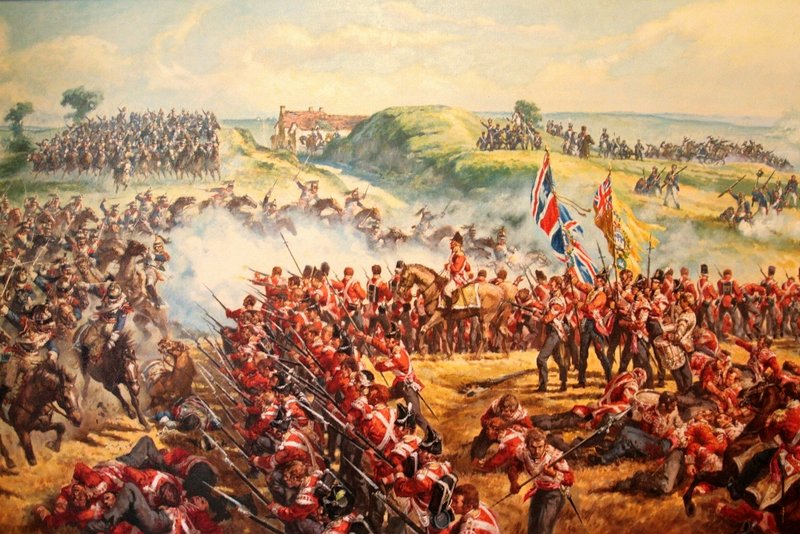
As the battle progressed, the Inniskillings position in the center became more and more exposed and at the same time more and more essential to the stability of Wellington’s line. Had the regiment broken, the entire line could have been breached, the road to Brussels would have been open and the consequences disastrous. The regiment did not break. At about 1900 hours that evening, an officer of the Rifle Brigade, describing the scene, said, "The 27th Regiment were lying literally dead, in square, a few yards behind us".
At the evening after the battle the roll of the 27th was called and the extent of the dreadful casualties became apparent.
Of the 747 officers and men who marched onto the battlefield that morning, 64% (486) were either killed or wounded. Only two other British regiments had similar casualties ~ the Cameronians and the Gordon Highlanders.
Wellington later said, "They (the 27th) saved the center of my line at Waterloo".
Napoleon commented, ‘That regiment with the castles on their caps is composed of the most obstinate mules I ever saw; they don’t know when they are beaten ’.
The tenacious bravery and demeanor of these regiments contributed much to the day's success.
Lieutenant Colonel (now Major General) Charles Beckworth, one of the peninsula's oldest and most respected staff officers, was in Waterloo, describing the conduct of the 1st Battalion of the 27th, only 600 strong, and all the young soldiers who had never seen a shot:
"I've seen a lot of evidence of the intrepidity of British soldiers, but the conduct of the
1st Battalion of the 27th in Waterloo was the most extraordinary I have ever seen.
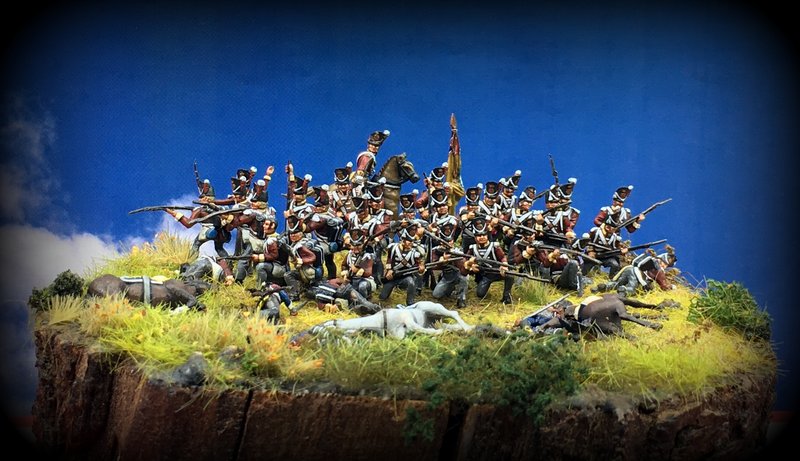
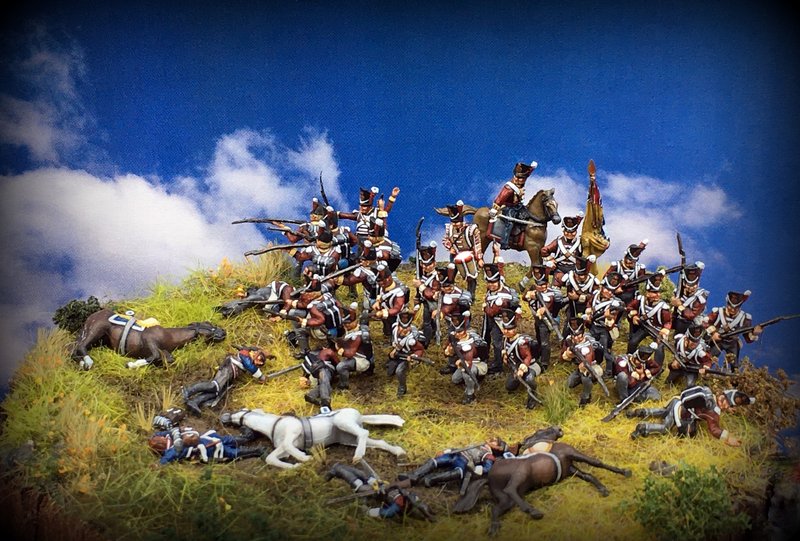

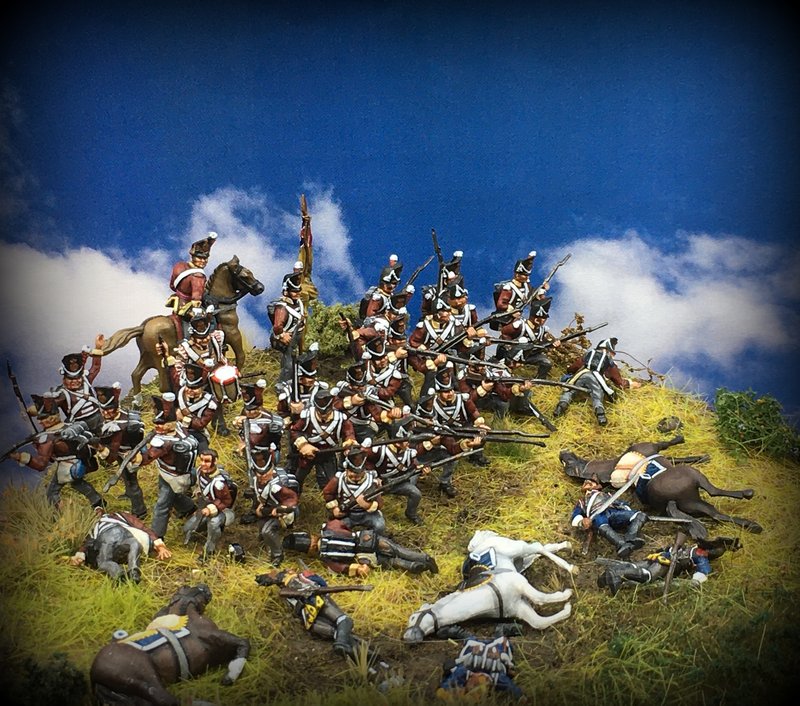

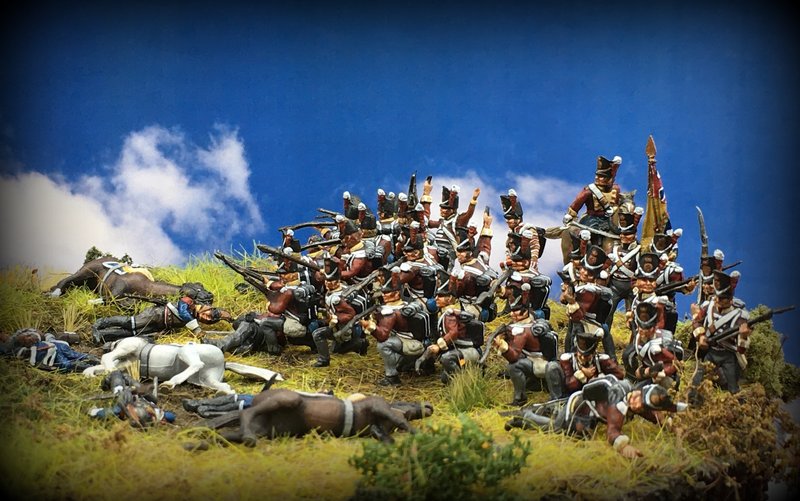
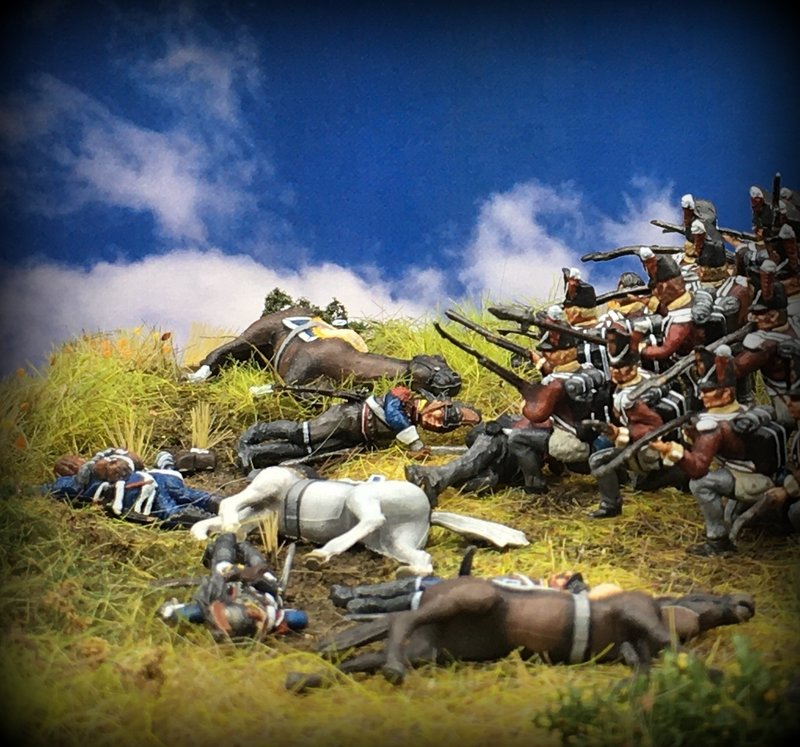
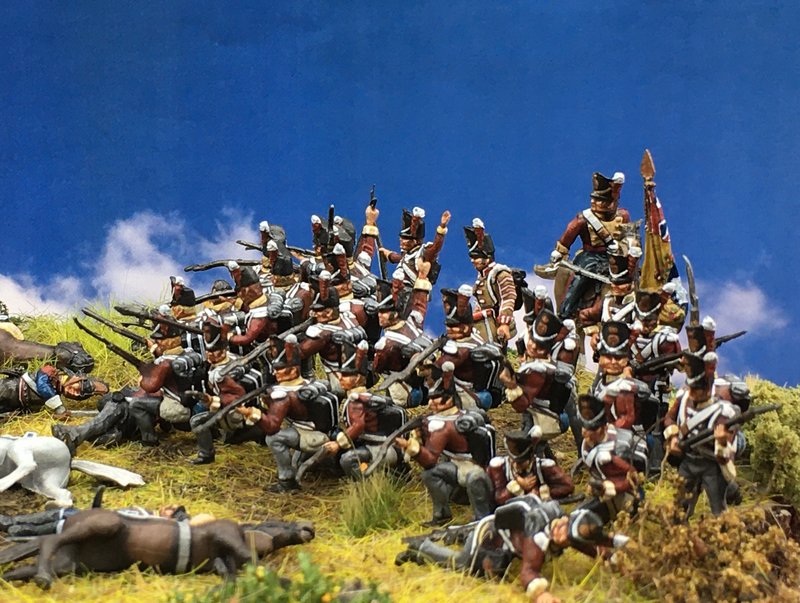

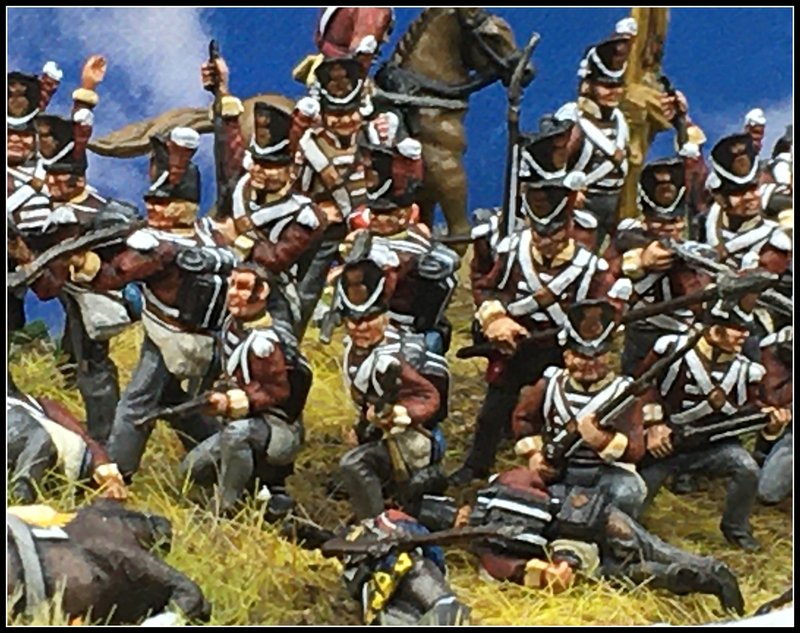
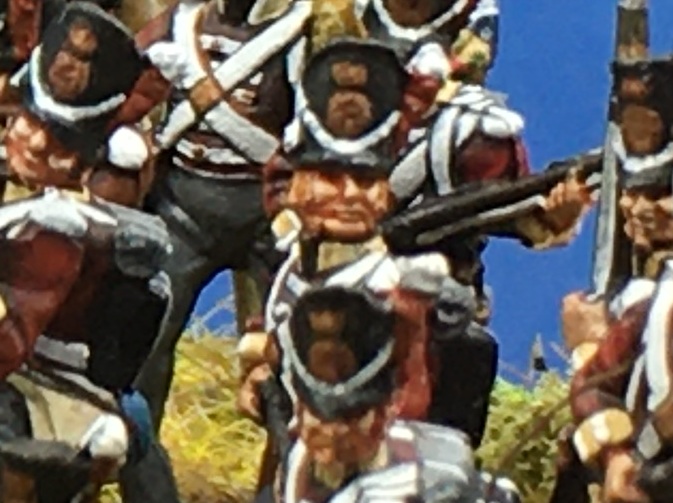
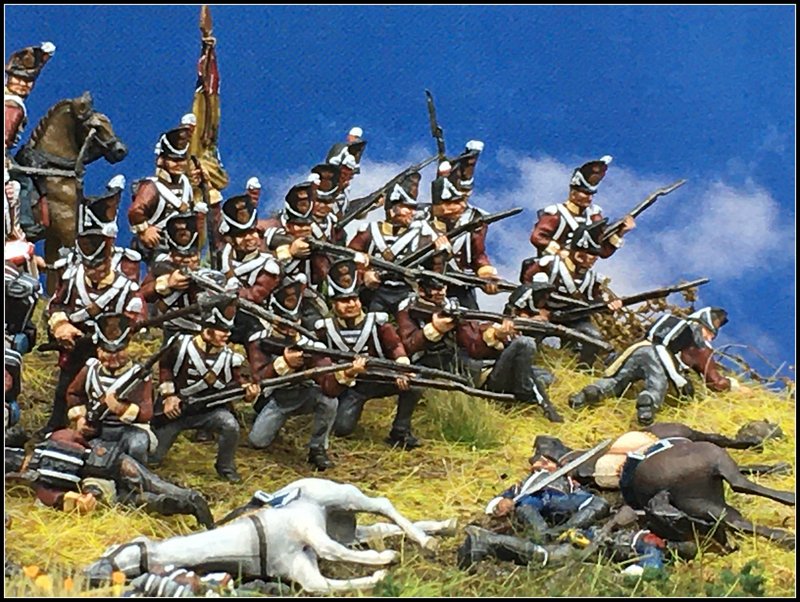
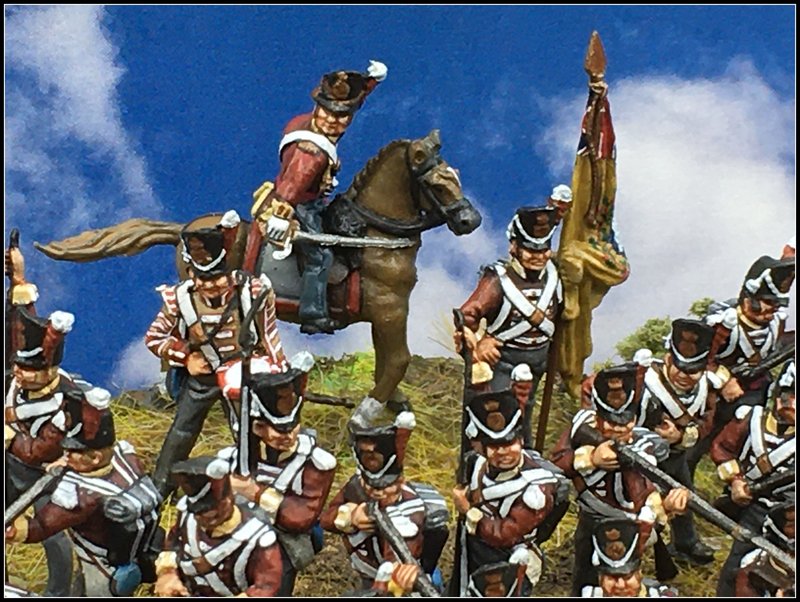

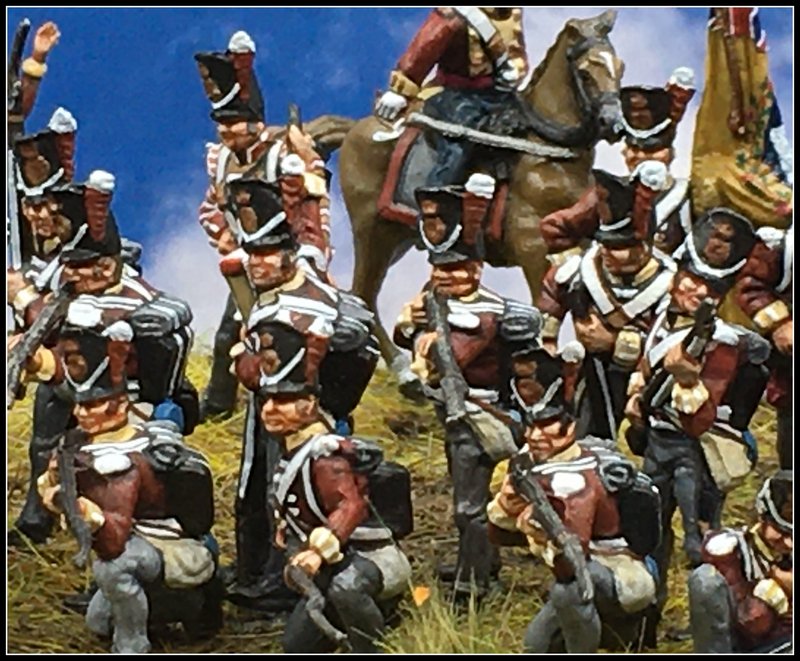



 Smashing Presentation. BB
Smashing Presentation. BB



 Supporting Member (Bronze)
Supporting Member (Bronze)






 Moderator
Moderator

 Supporting Member (Silver)
Supporting Member (Silver)



